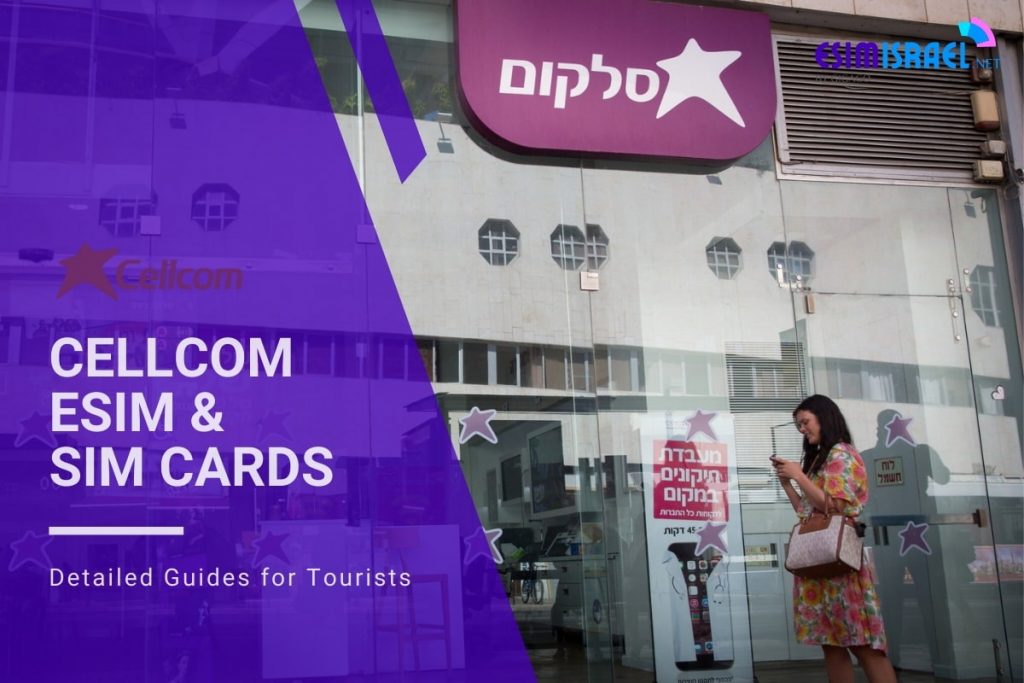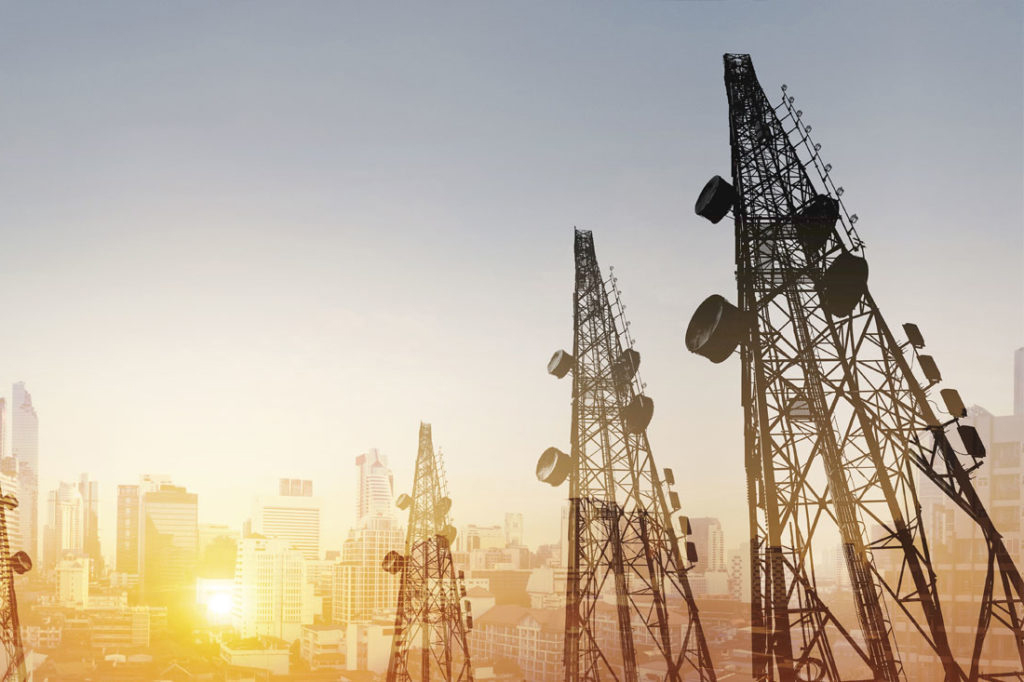
Cellcom Israel Navigates Service Outages and Network Modernization: A Dual Challenge for Telecom Evolution
In May 2025, Cellcom Israel, one of the nation’s leading telecommunications providers, finds itself at the center of a storm. Since May 10–11, the company has grappled with intermittent service outages disrupting voice calls and SMS messaging, leaving customers frustrated amid a broader, transformative shift: the phased shutdown of its legacy 2G and 3G networks. This dual challenge—addressing immediate technical failures while steering a nationwide transition to advanced 4G and 5G infrastructures—highlights the growing pains of technological progress in a hyper-connected world.
The Outages: A Breakdown in Communication
The service disruptions, first reported on May 10, 2025, have impacted critical communication channels. Customers across Israel have faced dropped calls, failed SMS deliveries, and sporadic connectivity, with outages persisting into May 11. While Cellcom has yet to disclose the root cause, experts speculate that the issues could stem from network congestion, software glitches, or infrastructure strain exacerbated by the ongoing transition to newer technologies.
For many users, particularly small businesses and elderly subscribers reliant on basic services, the outages underscore the vulnerabilities of depending on aging systems. “I couldn’t reach my doctor or family during the outage—it was terrifying,” shared Miriam Cohen, a Tel Aviv resident. Cellcom has apologized for the inconvenience, urging customers to monitor its app and website for real-time updates while engineers work to restore stability.
The Bigger Picture: Sunsetting 2G and 3G Networks
While the outages dominate headlines, Cellcom’s larger mission is its mandated shutdown of legacy networks. Following the decommissioning of its 3G infrastructure in 2023, the company is now retiring its 2G network, with a full shutdown scheduled for December 4, 2024. This move aligns with a 2022 directive from the Israeli Ministry of Communications requiring all telecom providers to phase out 2G and 3G services by the end of 2025.
Why Shut Down Legacy Networks?
-
Spectrum Efficiency: Older networks occupy valuable radio frequencies that could enhance 4G and 5G capacity, enabling faster speeds and broader coverage.
-
Cost Savings: Maintaining outdated infrastructure is expensive. Redirecting resources to modern systems reduces operational overhead.
-
Security: Legacy networks are more vulnerable to cyberattacks due to obsolete encryption standards.
The transition reflects a global trend. Countries like the U.S., Australia, and Singapore have similarly sunset 2G/3G networks to prioritize next-gen connectivity.
Who’s Affected? The Human Cost of Progress

Despite the long-term benefits, the shutdown poses immediate challenges for users of older devices. Phones and IoT gadgets reliant on 2G—such as basic flip phones, emergency alarms, and vehicle tracking systems—will lose functionality unless upgraded. Cellcom estimates that roughly 2–3% of its customer base remains on 2G-dependent devices, many of whom are elderly or from low-income households.
To mitigate disruptions, Cellcom has launched outreach campaigns since 2023, offering discounted 4G-compatible devices and VoLTE (Voice over LTE) tutorials. “We’re committed to ensuring no one is left behind,” said Cellcom spokesperson David Levi. “Our teams are contacting affected users directly to facilitate smooth transitions.”
Balancing Act: Short-Term Pain for Long-Term Gain
The coexistence of service outages and network upgrades has sparked debate. Critics argue that Cellcom’s aggressive timeline risks alienating vulnerable users, while proponents emphasize the necessity of modernizing Israel’s digital backbone.
Benefits of 4G/5G Adoption
-
Enhanced Connectivity: 5G promises ultra-low latency, critical for IoT, smart cities, and telemedicine.
-
Improved Coverage: Rural areas, historically underserved by 2G/3G, gain access to high-speed internet.
-
Economic Growth: Advanced networks attract tech investment, positioning Israel as a global innovation hub.
Yet, the transition is not seamless. Older infrastructure components, repurposed for 4G/5G, may contribute to temporary instability—a possible factor in the recent outages.
Looking Ahead: A Roadmap for Resilience
Cellcom’s strategy hinges on transparency and support. The company plans to:
-
Accelerate Repairs: Deploying additional technicians and AI-driven diagnostics to resolve outages.
-
Expand Education: Hosting community workshops on device upgrades and digital literacy.
-
Collaborate with Regulators: Advocating for subsidies to offset upgrade costs for low-income users.
The Ministry of Communications has also stepped in, urging rival providers like Partner and Pelephone to share best practices and infrastructure to ease the national transition.
Conclusion: A Necessary Evolution
Cellcom’s challenges mirror the broader telecom industry’s pivot toward a faster, safer, and more inclusive digital future. While the path is fraught with hurdles—outages, legacy dependencies, and equity concerns—the shutdown of 2G/3G networks marks a pivotal step in Israel’s technological evolution. For customers, the message is clear: adaptation is inevitable, but support is available.
As David Levi aptly noted, “Progress demands patience. Our goal isn’t just better networks—it’s a better connected Israel.” In the meantime, subscribers are advised to check device compatibility, explore upgrade options, and brace for the exciting possibilities of a 5G-powered tomorrow.





